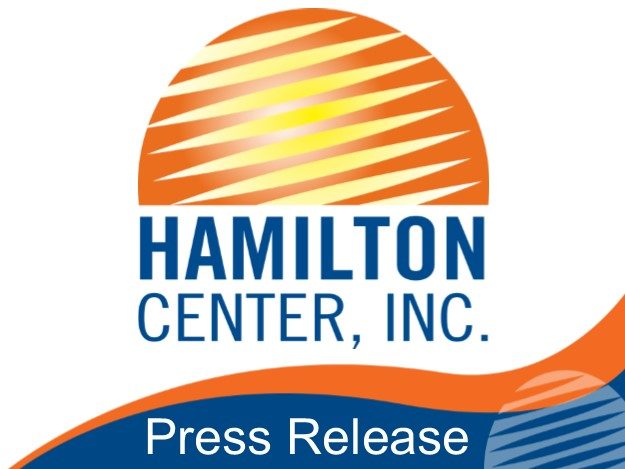
By: Jessica Nevill, LMHC, Clinical Director, WIN Recovery
Opioid use has been the focus of a great deal of national attention recently, with good reason. According to the National Behavioral Council, Americans consume 80% of the opioid prescriptions given worldwide. According to the Centers for Disease Control and Prevention, an average of 41 people die each day in the United States from overdoses on prescription pain killers. As a result, America is now in an opioid crisis. There is a growing number of individuals dying daily from overdose as well as increased criminal activity and increased HIV/AIDS rates.
Opioids have been prescribed in the United States to help individuals who are experiencing pain. These medications are effective at blocking the pain and providing relief. This is done by impacting the “reward pathway” which allows the person using the opioid to experience pleasure and an overall state of well-being. However, when used repeatedly over long periods of time, the person can build a tolerance to the medication which does not allow them to experience the same levels of well-being that they experienced before. This results in individuals taking more and more of the medication to get the same desired results.
So how does this result in an opioid crisis? When individuals need more and more medication to reach desired amounts of relief, they often use medication faster than prescribed. This results in their bodies becoming dependent, and can lead individuals to seek alternative ways of acquiring pain medicine. The Substance Abuse and Mental Health Services Administration (SAMHSA) has reported that over half of individuals who abused pain killers received them for free or from a relative. Once these individuals are no longer willing or able to provide this medication, individuals often turn to alternative methods such as buying medication illegally or beginning the use of heroin which is also an opioid. Once individuals begin using illegal methods to maintain an opioid dependence they are then at higher risks for HIV and AIDS, incarceration, separation from family, and loss of employment.
Opioid Treatment Programs (OTPs) are working to tackle the opioid crisis by providing individuals with medication such as methadone, buprenorphine, and naltrexone to help them discontinue the use of illicit substances. Methadone activates the same parts of the brain as other opioids. Buprenorphine activates the same parts of the brain, but without the rewarding effects. Naltrexone blocks the part of the brain that opioids activate and removes rewarding effects. Research shows that methadone and buprenorphine, when prescribed by a physician and closely monitored, are the most effective treatment methods for opioid use disorder. Methadone is considered the “gold standard” of treatment, especially for pregnant woman who are addicted to opioids. This, along with behavioral health services such as individual and group counseling, help individuals gain the skills needed to maintain success in their lives.
WIN Recovery is a State licensed opioid treatment program located in Terre Haute and Vincennes Indiana. The office provides comprehensive treatment to adults 18 years of age and older suffering from opioid use disorder. Through medication assisted treatment and behavioral health services individuals are able to Regain Something Lost to addiction. The facility is open 7 days a week, and walk-in assessments are available from 6 a.m. to 10:30 a.m., Monday through Friday. Fees are based on the provision of service, with Medicaid accepted and no referral necessary.
For more information, call (833) 232-0215, visit our location at 1433 Willow St, Vincennes, IN, or go to www.winrecovery.org.






